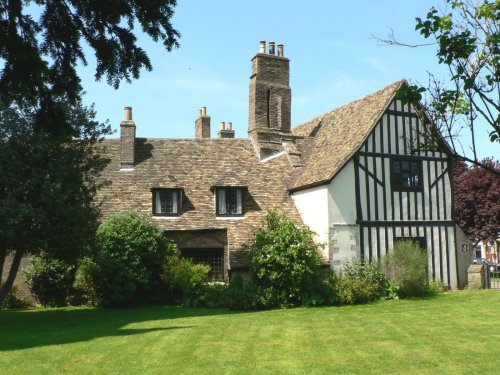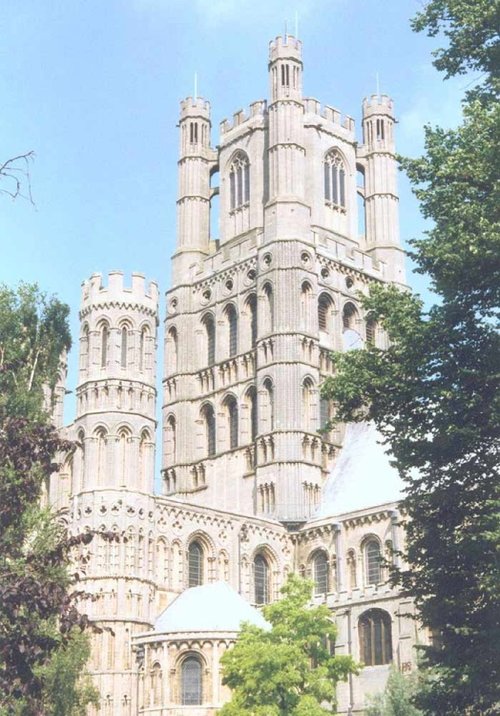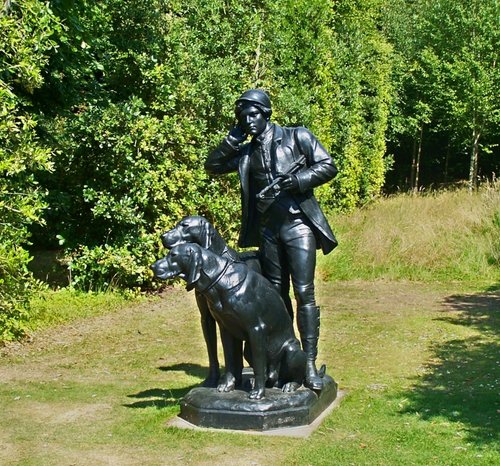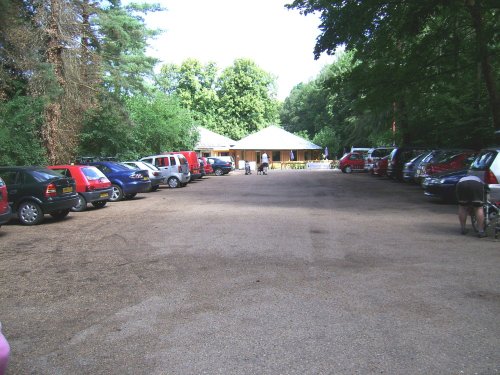Pictures of Ely
About Ely
The early life of Ely began with a monastry and town situated on an island in the midst of a vast expanse of marshland in the middle of the Fens; today, the great Cathedral of Ely rises majestically above the surrounding countryside, the now-drained Fen. This glorious house of God was probably founded by St.Etherelda in the year 673 with the present building dating from 1083.
Ely Cathedral is a glorious historical treasure chest. The majestic Norman nave is 208ft long; it's roof, painted in the 19th-century by Artists le Strange and Perry is elaborately beautiful, the South transept also has a magnificent painted roof. In the 13th-century the choir was rebuilt to provide a more worthy setting for the shrine to St.Etherelda and the beautiful Lady Chapel was added to the North transept in the 14th-century. The Norman crossing tower collapsed early in the 14th-century; it was replaced by a larger, elaborate octagonal tower surmounted by a timber vault carrying an octagonal lantern. Unique in the history of medieval English church architecture, this crossing tower is the Cathedrals most characteristic feature. The exterior decoration to the north wall of the nave displays fine 12th century carving. Of the cloister, now destroyed, there remains three 12th-century doorways with carving of exceptional quality and state of preservation, these are thought to be among the finest examples of surviving Norman architecture. There are two very mutilated chantry chapels to the east end of the Cathedral, both show fine carving; one is dedicated to Bishop Alcock d.1501 and the other to Bishop West d.1534 which has early Renaissance motifs.
Of the other great cathedral buildings, the Porta is a 14th-century gate-house and the main entrance to the Benedictine priory, and the 13th-century St.Mary's Church. There is a magical atmoshere surrounding this beautiful cathedral, it is constanly fascinating, it has a serenity and a rare beauty that will not be easily forgotten.
Ely has an illustrious history, and it is here that Hereward the Wake held out against William the Conqueror, King Canute is said to have been here and Oliver Cromwell lived here from 1636 to 1647 - the house is open to the public. The town has several attractive Georgian properties and excellent examples of early timber-frame buildings. One of England's oldest schools, King.s School, was founded in AD970. Edward the Confessor entered the school in 1010, he presented the town with a charter on his ascension to the throne.
Ely is a lively City that offeres visitors a wide cultural experience. There is a museum that records much of the history of Ely and the Fens, there are excellent shopping and recreational facilities and even a little yacht harbour which is not surprising as Ely is situated on the banks of the lovely River Ouse. The city is amid flat but quite enchanting scenery that is scattered with several picturesque villages that are an absolute joy. This is a city not to be missed, not least for it's wonderful cathedral whose towers, reaching 217ft skywards, have dominated Ely for centuries. It is a place from which you will take many memories.






